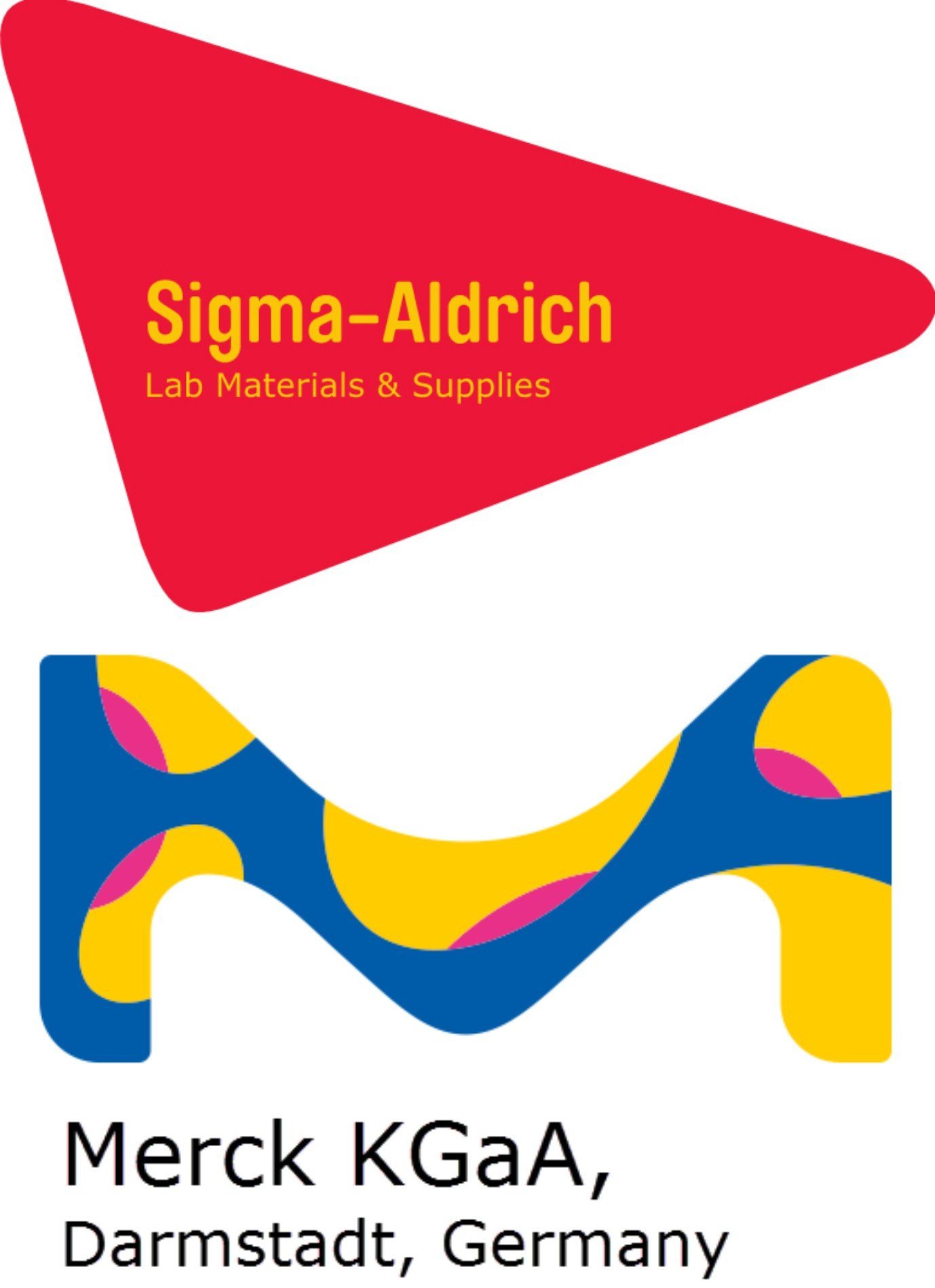Sigma Aldrich A1888 2,2′-Azino-bis(3-ethylbenzothiazoline-6-sulfonic acid) diammonium salt Cas: 30931-67-0 1 gr
0 -
Yorum Yap
Stok Kodu
A1888-1G
Kategori
Marka
Havale
5.978,16 TL
(%5,00 havale indirimi)
*
671,55 TL den başlayan taksitlerle!!
6.292,80
TL
KDV DAHİL
|
Sigma Aldrich A1888 2,2′-Azino-bis(3-ethylbenzothiazoline-6-sulfonic acid) diammonium salt Cas: 30931-67-0 1 gr
|
|||||
|
≥98% (HPLC)
|
|||||
|
Synonym(s):
AzBTS-(NH4)2, Diammonium 2,2′-azino-bis(3-ethylbenzothiazoline-6-sulfonate)
Empirical Formula (Hill Notation):
C18H24N6O6S4
CAS Number:
Molecular Weight:
548.68
Beilstein:
7329461
EC Number:
MDL number:
PubChem Substance ID:
NACRES:
NA.83
|
|||||
|
General description
|
|||||
|
ABTS, 2,2′-Azino-bis(3-ethylbenzthiazoline-6-sulfonic acid), is water soluble chemical compound used as chromogenic substrate:
|
|||||
| ABTS together with hydrogen peroxide for reaction with peroxidase enzymes (like HRP for example). | |||||
| ABTS together with laccase or bilirubin oxidase. | |||||
| ABTS mainly used in ELISA (enzyme-linked immunosorbent assay) procedures. | |||||
| A peroxidase reaction of ABTS in the presence of hydrogen peroxide produces a green soluble end product which can be read spectrophotometrically at 405nm. The reaction may be stopped with 1% sodium dodecyl sulfate (SDS).††† ABTS, 2,2′-Azino-bis(3-ethylbenzothiazoline-6-sulfonic acid) diammonium salt is light sensitive. | |||||
|
Application
|
|||||
|
2,2′-Azino-bis(3-ethylbenzothiazoline-6-sulfonic acid) diammonium salt has been used as a substrate in ELISA (enzyme-linked immunosorbent assay).[1][2]
|
|||||
| ABTS is significantly used by the food industry, to measure the antioxidant capacities within different foods. | |||||
| ABTS is also used to monitor glucose concentrations in different solutions including blood serum. | |||||
| It is recommended for ELISA (microwell) procedures, not recommended for membrane applications.Since it is less readily oxidized than TMB and OPD substrates, ABTS is less sensitive for ELISA applications. Thus ABTS has some advantageous over TMB and OPD in cases of large background results. | |||||
|
2,2′-Azino-bis(3-ethylbenzthiazoline-6-sulfonic acid) is a peroxidase substrate suitable for use in ELISA procedures. This substrate produces a soluble end product that is green in color and can be read spectrophotometrically at 405 nm. The reaction may be stopped with 1% sodium dodecyl sulfate (SDS). Recommended for ELISA (microwell) procedures, not recommended for membrane applications.
|
|||||
 |
|||||





